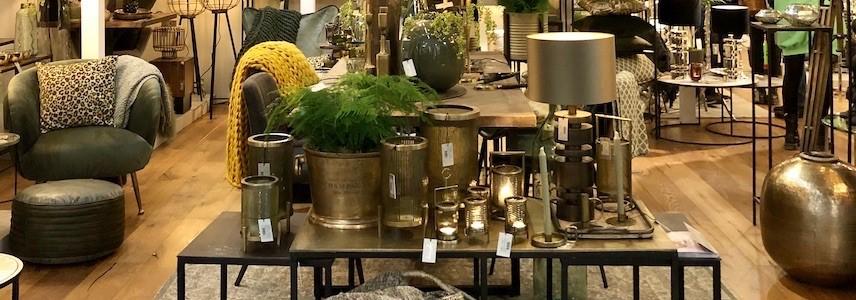Trade fairs find new ways to open their physical and virtual doors

Many trade fairs have been cancelled or postponed due to COVID-19. Because of this, organisers are coming up with new and innovative ways to safely host their events. We look at 3 main ways in which Home Decoration & Home Textiles (HDHT) trade fairs are adapting.
Online platforms for digital trade shows
Organising large events is not yet allowed in many countries, and travel restrictions are constantly changing. Some organisers are thus taking their trade show partly or wholly online. The Indian trade fair IHGF started this approach in our sector. It held the first virtual IHGF Delhi Fair in July 2020. More than 4,000 buyers and 1,300 exhibitors attended the 7-day digital show. The fair offered 3D-booths, virtual showrooms, live chats, webinars and craft demonstrations.
In Europe, Maison & Objet is using its online platform MOM to host its September 2020 edition as a Digital Fair. The Digital Fair offers online showrooms, interaction, talks and trends for 15 days. By hosting its fair online, Maison & Objet follows the example of online trade platforms that can be accessed 24/7, such as Nextrade. On the Nextrade platform, suppliers have a digital shop that buyers order from directly. It is currently a European platform. But it may become a direct sales solution for exporters from developing countries.
Safety measures for physical events
Whether or not international events can take place largely depends on travel restrictions. As some of the strictest measures may soon be lifted, European trade shows are preparing to reopen their physical doors. To safely welcome visitors back onto the exhibition floor, social distancing is crucial. This requires new safety measures, designed to meet the events’ national standards.
For its February 2021 edition, Ambiente has set the minimum booth size at 18m2 to give visitors more space to move around safely. Ambiente is held at Messe Frankfurt. The venue has developed a plan for hygiene, medical and organisational measures. This includes disinfecting stations, wide aisles and frequent cleaning. Potential exhibitors should read these measures carefully and be aware of what they mean for their company. For example, increased booth size means that smaller exhibitors will have to increase their budget or exhibit with other companies to use the larger space effectively and share costs.
The Stockholm Furniture & Light Fair takes a different approach. New hygiene requirements and health and safety routines are in place. The 2021 fair is called The Nude Edition – a scaled-down concept with a focus on sustainability. It offers a limited number of stands. The fair aims to reduce costs for exhibitors, and avoid throwing away materials and products after the fair. At the same time, the fair is investing in the digitalisation of parts of the programme to support and supplement the physical event. This brings us to the third option for trade fairs: hybrid events.
The best of both worlds: hybrid events
The pandemic has emphasised the importance of online trade. Online trade provides flexibility, cost savings and a sustainable alternative to business travel. These benefits mean that even post-COVID-19, a combination of digital and physical access to trade fairs may be the way forward!
This news article was written for CBI by Globally Cool B.V. in collaboration with GO! GoodOpportunity and Remco Kemper.
Stay informed
To stay informed on the latest developments in the HDHT sector, make sure to subscribe to our newsletter.